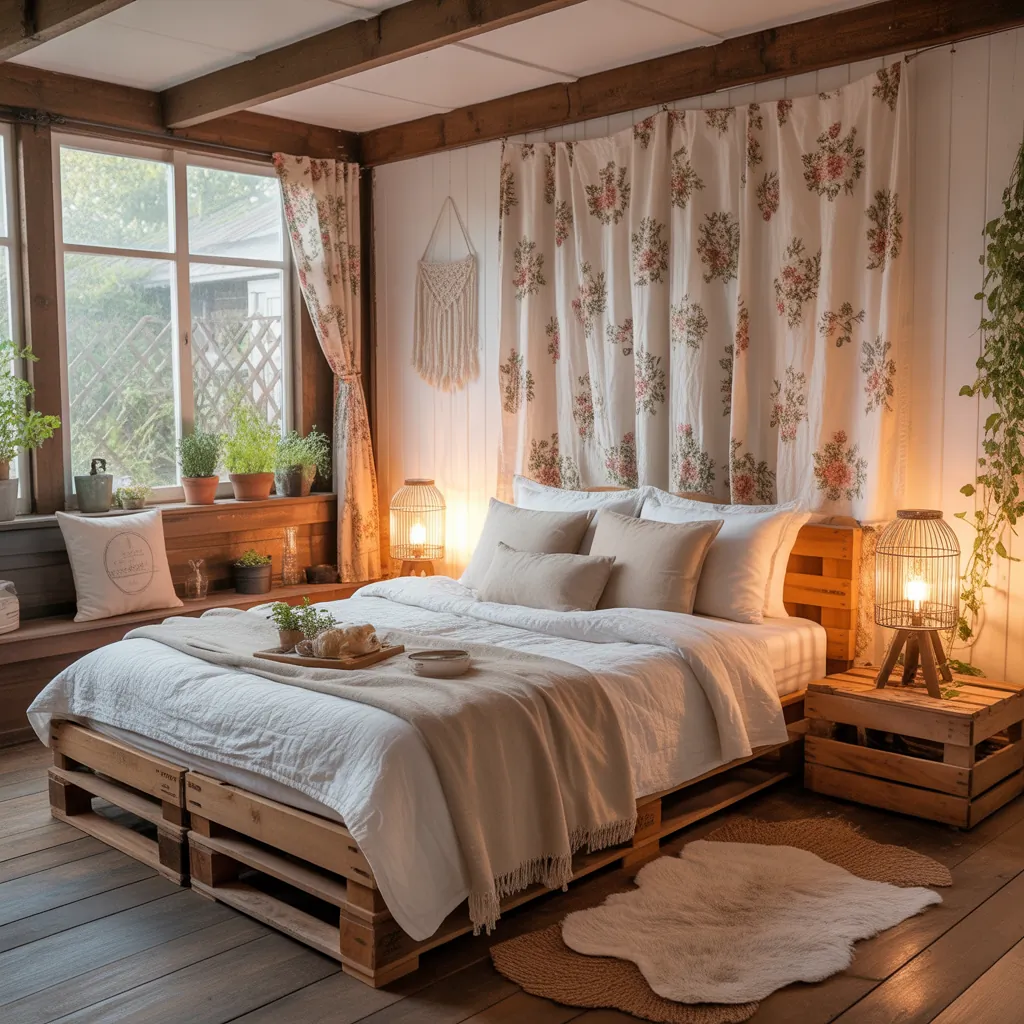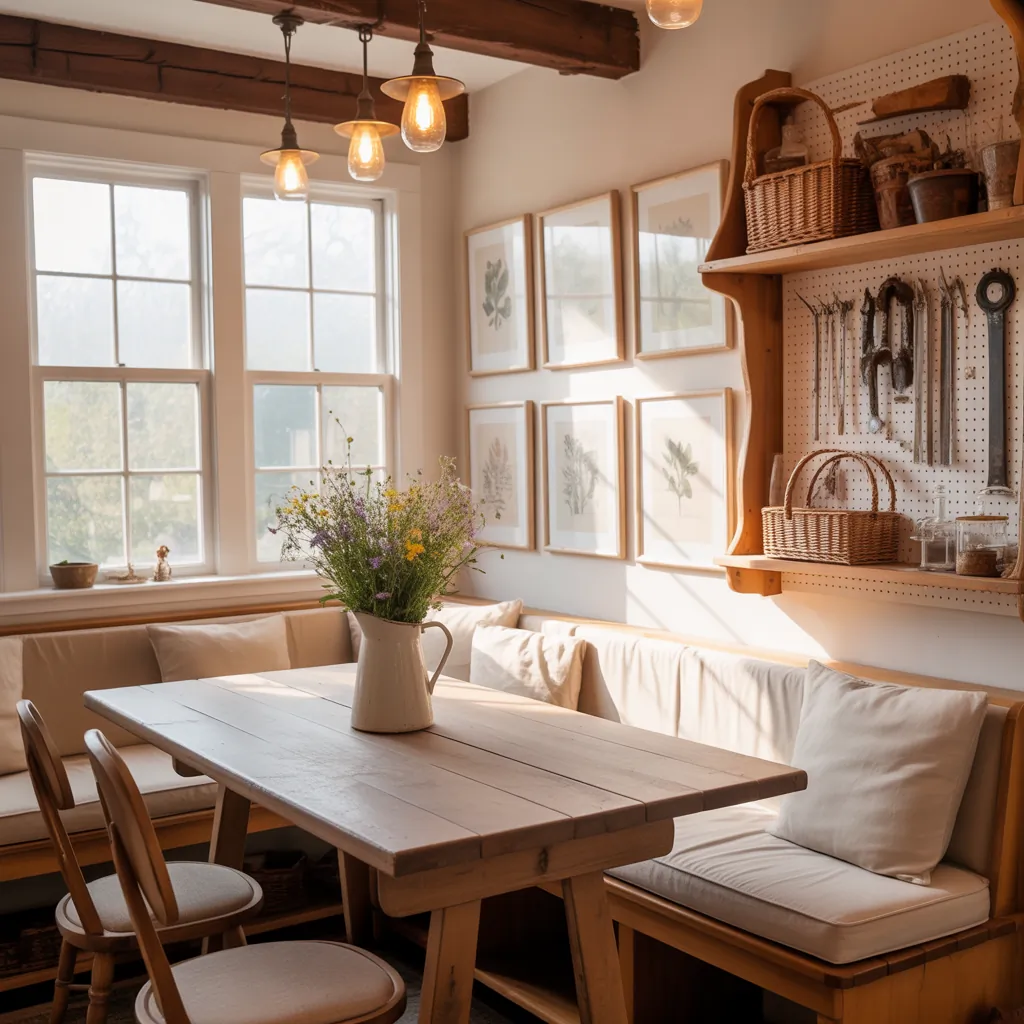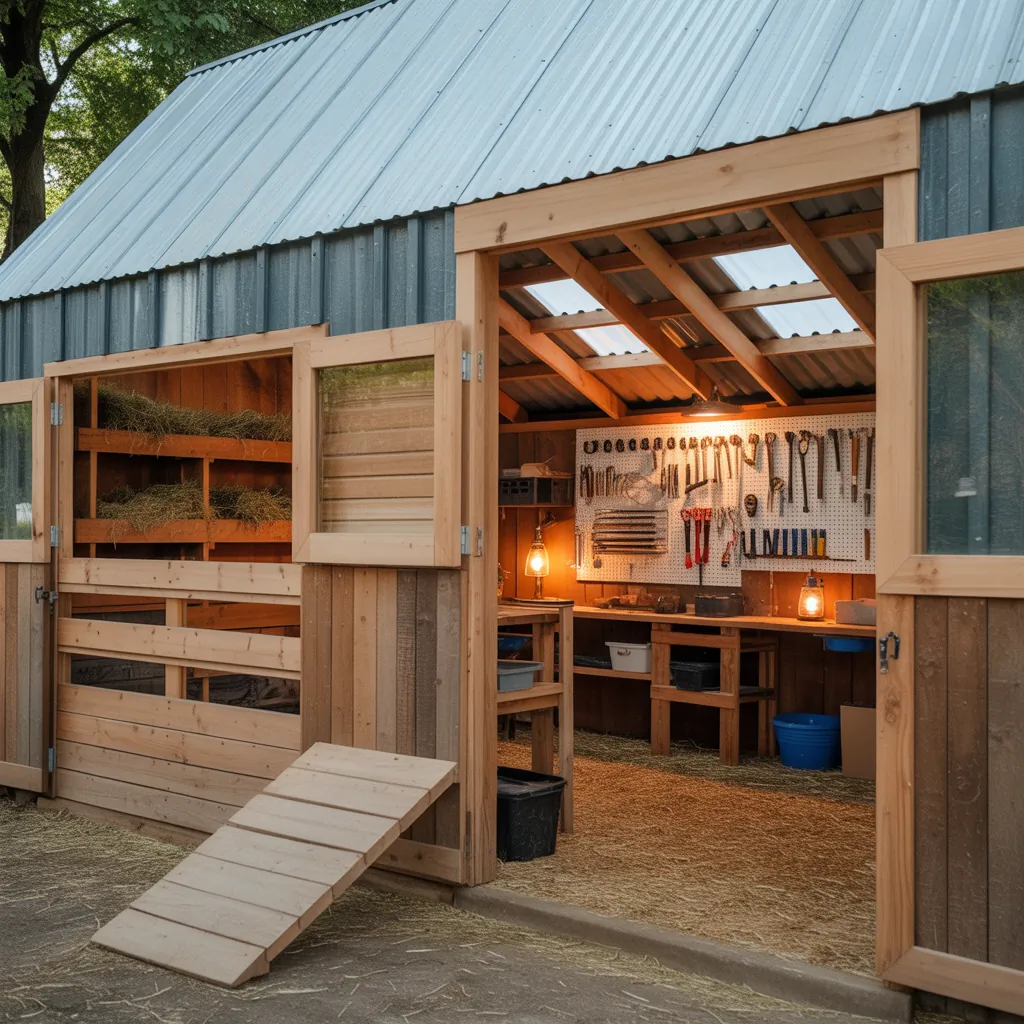Ever unpacked boxes in a new room and wished you could turn it into a soft, whimsical hideaway with just a weekend and a few thrifted finds? If you’ve been dreaming of slowing down and bringing nature indoors, these cottagecore bedroom concepts will help you transform any space into a charming, DIY-friendly sanctuary without breaking the bank.
Why choose a cottagecore bedroom?
Cottagecore celebrates simplicity, natural materials, and nostalgic comfort. It’s perfect for anyone who wants a restful bedroom that feels like a gentle escape—think floral prints, hand-sewn linens, warm light, and vintage furniture. This aesthetic is adaptable to small apartments and large homes alike, and many elements are great weekend DIY projects that add personality and value to your space.
Cottagecore bedroom concepts: Key elements to include
To nail the cottagecore look, focus on texture, soft colors, and curated vintage touches. Below are the essential elements to weave together for an authentic pastoral bedroom.
Color palette and finishes
- Soft neutrals (cream, warm white, beige) as a base
- Moss green, dusty rose, muted blue as accent colors
- Natural wood finishes or painted white furniture for contrast
Textiles and layering
- Ruffled duvet covers, linen sheets, crocheted blankets
- Mix patterns—tiny florals, ditsy prints, and simple stripes
- Layer rugs for warmth: a braided rug topped with a small floral mat
Botanical and vintage accents
- Potted plants, dried flower bundles, and pressed-plant art
- Thrifted dressers or a restored wooden bedframe
- Wicker baskets, vintage mirrors, and ceramic vases
Step-by-step DIY projects to build your cottagecore bedroom
Here are practical, beginner-friendly projects with realistic timelines and material lists. Tackle them one at a time—each will make a measurable difference.
1. Refresh a dresser with paint and new hardware (2–4 hours)
- Materials: sandpaper, primer, milk paint or chalk paint, new knobs/pulls, clear wax or poly
- Steps:
2. DIY canopy for a cozy bed nook (2–3 hours)
- Materials: lightweight curtain fabric, curtain rod or embroidery hoop, ceiling hooks
- Steps:
3. Create a botanical gallery wall (3–5 hours)
- Materials: thrifted frames, pressed flowers or botanical prints, mat board
- Steps:
Practical tips and real-world advice
To keep your project manageable and ensure the best result, follow these tips gathered from years of home improvement and DIY experience.
Budget-friendly sourcing
- Visit thrift stores and flea markets for unique furniture—sand and paint to revive old pieces.
- Use natural elements like branches, dried flowers, or herbs from your garden for decor.
- Prioritize spending on a comfortable mattress and quality bedding; these are the foundation of a cozy bedroom.
Prep and planning
- Measure twice, buy once. Always check dimensions before purchasing large items.
- Start with a mood board—cut images from magazines or create a digital board to visualize color and texture combinations.
- Patch and prime walls before painting or applying wallpaper for a smooth finish.
Lighting and ambiance
- Layer lighting: a soft overhead fixture, bedside lamps, and string lights for warmth.
- Choose warm bulbs (2700K–3000K) to maintain a cozy, inviting glow.
- Use sheer curtains to allow filtered natural light during the day.
Small-space and apartment-friendly ideas
Even with limited square footage, cottagecore charm is achievable:
- Hang fabric panels behind the bed instead of building a headboard.
- Use floating shelves for plants and curated knickknacks.
- Choose multi-functional furniture—an ottoman with storage or a bedside table with drawers.
Design inspiration checklist
Use this checklist when styling your room to ensure a cohesive cottagecore look:
- Neutral wall base + one muted accent color
- At least three different natural textures (wood, linen, wicker)
- Handmade or vintage elements (thrifted frame, DIY pillow covers)
- Soft layered lighting
- Live plants or dried botanicals for life and scent
Frequently Asked Questions
Q: How do I make a small bedroom feel cottagecore without cluttering it?
A: Focus on a simple color palette and one or two signature pieces—like a painted dresser or a floral quilt. Use vertical space for decor and keep surfaces clear to avoid clutter. Choose multifunctional items to maximize storage.
Q: Can I achieve a cottagecore look on a tight budget?
A: Absolutely. Thrift stores, DIY paint techniques, and upcycling are the backbone of budget-friendly cottagecore. Prioritize small investments—good bedding and a single statement piece—and use DIY projects to add charm.
Q: What plants work best in a cottagecore bedroom?
A: Low-maintenance options like pothos, snake plant, and spider plant are great. For a softer, vintage look, add dried lavender bundles or potted herbs. Ensure plants receive appropriate light and avoid overwatering indoors.
Conclusion: Start building your cottagecore bedroom today
Creating a peaceful cottagecore bedroom is an achievable, rewarding project that blends creativity, thrifted finds, and simple DIY skills. Start with one small upgrade—refinish a dresser, hang a canopy, or add botanical art—and build your pastoral retreat piece by piece. Ready to get started? Browse our DIY projects and home design ideas for step-by-step guides and inspiration, or explore quick tips for other rooms like kitchen upgrades to carry the aesthetic through your whole home.
Which cottagecore bedroom concept will you try first? Share your plans, and don’t forget to document your progress—there’s real joy in turning a bedroom into a slow-living sanctuary.
DIY projects | kitchen upgrades | home design ideas



